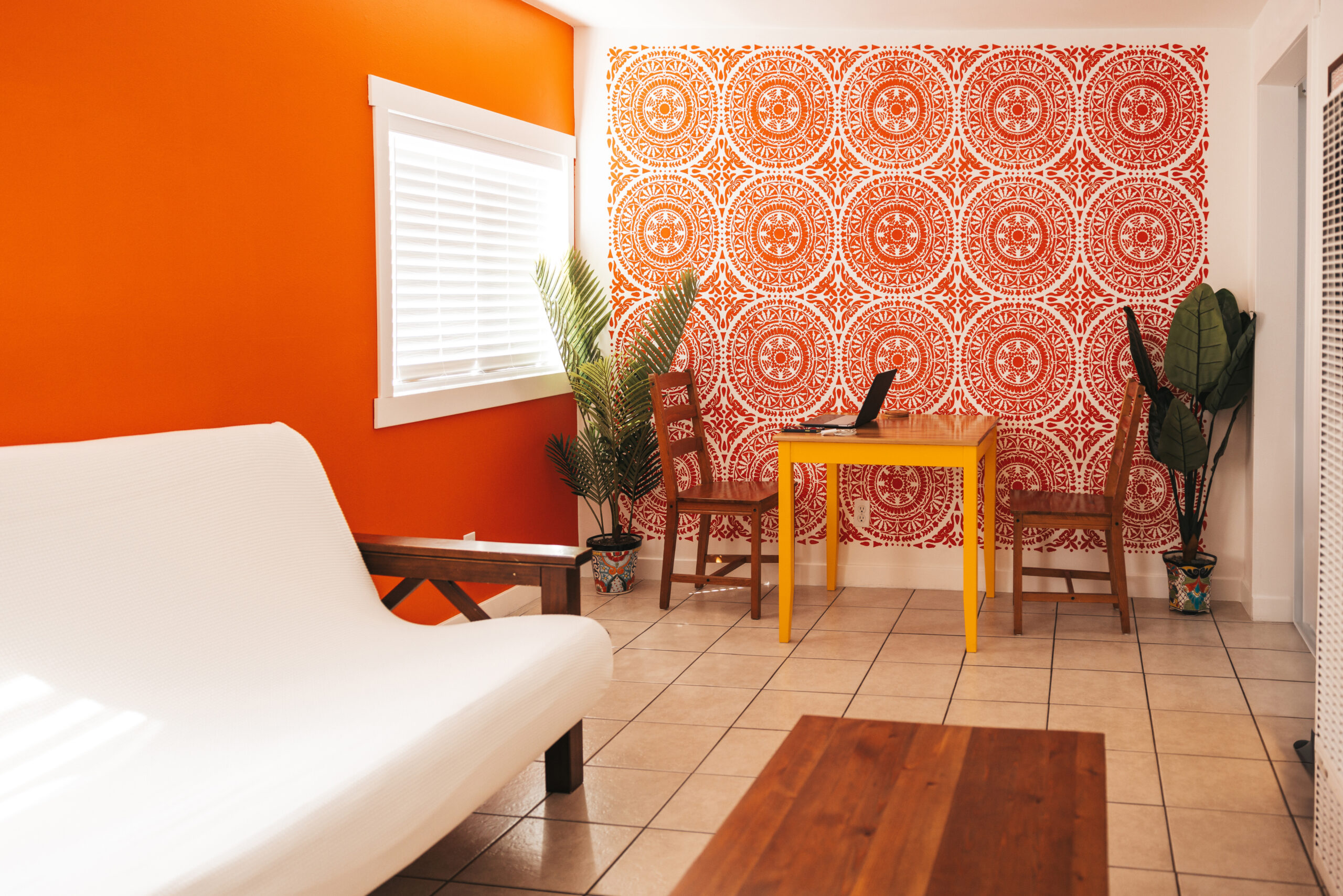Living large in a small space is all about strategic design choices and thoughtful planning. Small living rooms present unique challenges, but with the right approach, they can become stylish, functional havens that feel surprisingly spacious. In this article, we’ll explore innovative furniture arrangements, clever storage solutions, and design tricks that can transform even the most compact living areas into comfortable, inviting spaces that maximize every square inch while maintaining aesthetic appeal.
Smart Furniture Selection and Arrangement
When dealing with a compact space, furniture selection becomes critically important. For small living room ideas, consider pieces with exposed legs that allow light to flow underneath, creating a sense of openness. A loveseat paired with an armchair often works better than a full-sized sofa in tight quarters. Look for multi-functional furniture like ottomans with hidden storage, nesting tables that can be tucked away when not in use, or sleeper sofas for guest accommodations.
Arrangement is equally crucial in functional small living spaces. Position the largest pieces against walls to maintain open pathways through the room. Avoid blocking windows, as natural light is essential for making small spaces feel larger. Consider floating furniture slightly away from walls in some areas to create depth. The experts at AskHomey recommend leaving at least 30 inches of walking space between furniture pieces to ensure comfortable movement throughout the room.
When selecting a coffee table, consider round or oval shapes that facilitate flow around the space and eliminate sharp corners in high-traffic areas. Glass or acrylic tables can create the illusion of more floor space since you can see through them, reducing visual heaviness in the room.
Strategic Color and Light to Create Spaciousness
Color choices significantly impact how spacious a room feels. While dark colors can work in small spaces when used strategically, lighter hues generally help maximize compact space by reflecting light and creating an airy feel. Consider a monochromatic color scheme with varying textures to add interest without visual clutter.
Lighting is perhaps the most powerful tool for small space decor. Layered lighting from multiple sources eliminates shadows that can make a room feel smaller. Include overhead lighting, wall sconces, and table lamps to create a well-lit environment. Strategic mirror placement can dramatically enhance the sense of space by reflecting light and visually doubling the room’s dimensions. Position mirrors across from windows to maximize this effect.
Window treatments should allow maximum natural light while maintaining privacy. Consider light-filtering blinds or sheer curtains hung close to the ceiling and extending beyond window frames to create the illusion of larger windows and higher ceilings.
Savvy Storage Solutions
Small living rooms demand creative storage approaches to minimize clutter. Built-in shelving that extends to the ceiling draws the eye upward and maximizes vertical space. Floating shelves provide storage without the visual bulk of traditional bookcases. Consider furniture with hidden storage compartments, such as storage ottomans, side tables with drawers, or media consoles with closed cabinets.
Wall-mounted solutions like floating TV stands free up floor space while keeping entertainment components organized. Remember that in small spaces, everything should earn its keep through functionality, beauty, or ideally both. Decorative baskets and boxes can hold remote controls, gaming accessories, and other living room essentials while contributing to your design scheme.
Scale and Proportion in Small Space Design
One common mistake in small living room decorating is using furniture that’s either too large or too small for the space. Properly scaled furniture is essential for balance in compact areas. Take accurate measurements before purchasing pieces, and use painter’s tape to outline potential furniture placements on the floor.
When it comes to small space decor, consider the proportions of patterns and prints as well. Larger patterns can actually work well in small spaces, but limit them to one or two statement pieces to avoid overwhelming the room. Incorporate texture through different fabrics, materials, and finishes to add depth without consuming visual space.
The Power of Thoughtful Accessories
In functional small living environments, accessories should be carefully curated. Rather than numerous small items that create visual clutter, select fewer, more impactful pieces. A large piece of artwork can become a focal point while creating the illusion of depth. Mirrors, as mentioned earlier, perform double duty as both decorative elements and space enhancers.
Plants bring life to small spaces but choose varieties appropriate for your room’s scale. A tall, slender plant can draw the eye upward in a room with high ceilings, while smaller plants can add color without consuming valuable surface area. Hanging plants are particularly effective in small living rooms as they add greenery without using floor or table space.
For more tips and to connect with reliable home service professionals, follow AskHomey on Facebook and Instagram.



